Some people process and retain information most effectively through verbal cues; others rely more on visuals, and others again learn best by doing and feeling.
This is totally applicable to our yoga students. Are you catering to all three types of learners? If you’re not sure, this short video will give you tips on how to most effectively share information with all three types of learners.
In summary…
Auditory Learners
- Learn by listening
- Think in words rather than pictures
- Have strong auditory and oral skills – are often skilled public speakers and presenters
- Are often skilled in explaining, teaching and storytelling
Are best supported by:
- Clear, direct, straightforward verbal cues. Things like:
- ‘Stack your knee above your heel’
- ‘Take a big step back with your left leg’
- ‘Reach up into your fingertips’
Visual Learners:
These are often the students who look up at you or around at other students frequently. They:
- Learn through seeing
- Think in pictures
- Create mental imagery in order to absorb and retain information
- Have strong visual skills identified by aptitude for reading graphs, charts and maps; painting/drawing; and designing practical objects
Are best supported by:
- Demonstration
- Directing gaze to relevant part of body, for example glancing at the back arm in Virabhadrasana II to ensure it’s at shoulder height.
- Visual imagery in language, such as:
- ‘Ground your feet into the ears as if you’re growing roots’
- ‘Shine your heart forward’
- ‘Imagine a string attached to the crown of your head, drawing upwards’
Kinesthetic Learners
- Learn through doing, moving and touching
- Find it challenging to sit still for long periods of time
- Generally have good balance and hand-eye coordination
- Are adept at displaying emotion through body language, and are often skilled at crafts, sports and acting and dancing
Are best supported by:
- Hands-on adjustments and corrections.
- Verbal cues involving experiential words (feel, notice) to continually bring focus to what’s going on in the body, for example:
- ‘Feel the stretch down the back of your leg.’
- ‘Bring your awareness to your shoulders and allow them to soften’
- ‘Focus on the space from your navel down to your pubic bone and gently draw inwards and upwards’
- Placing their own hands on the relevant body part, for example placing the hands on the belly and breathing in the hands to encourage belly breath.
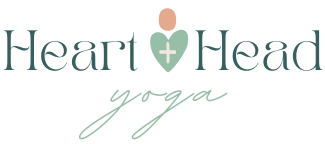
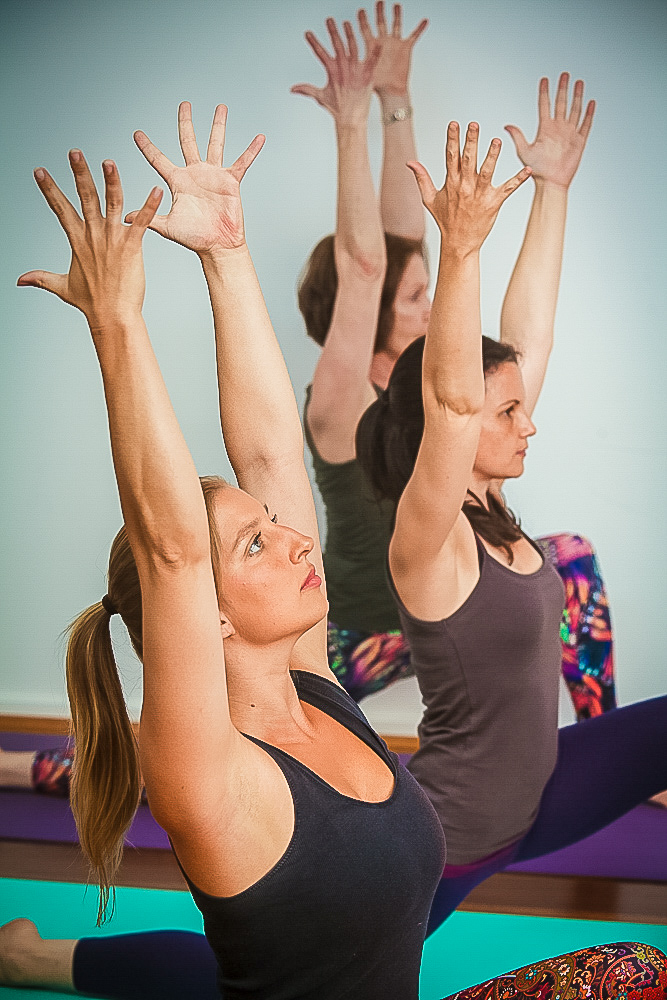
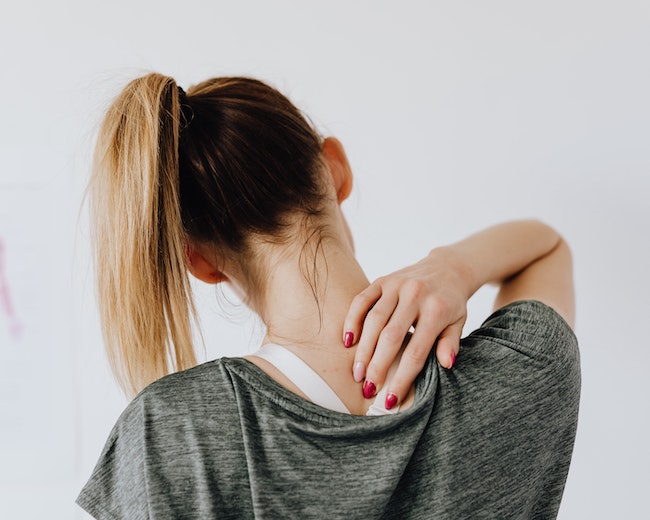
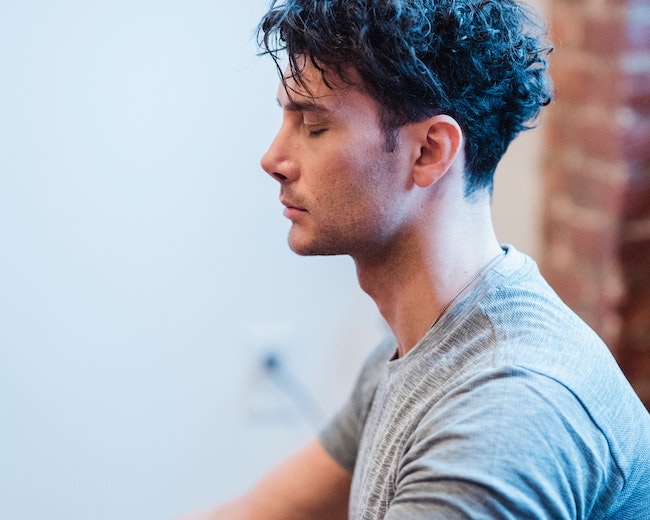
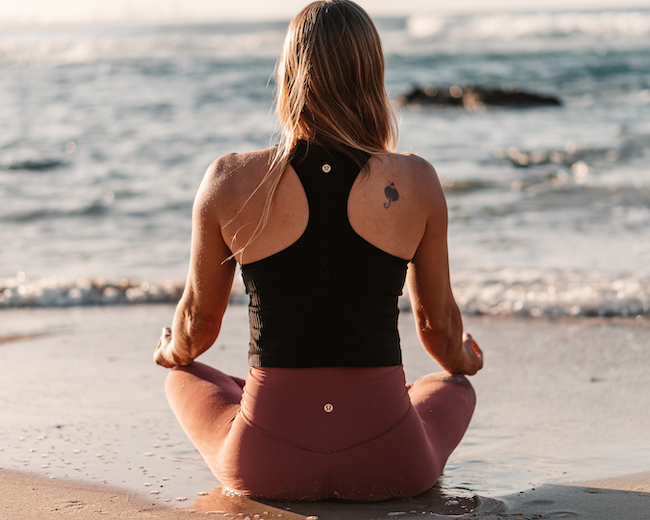
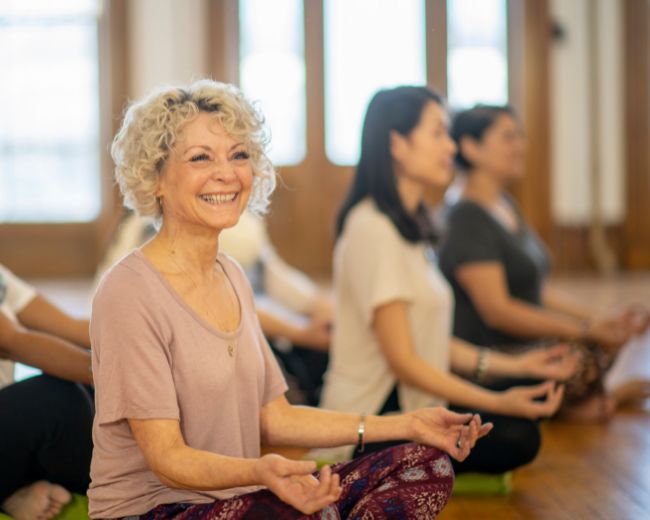
Leave A Comment